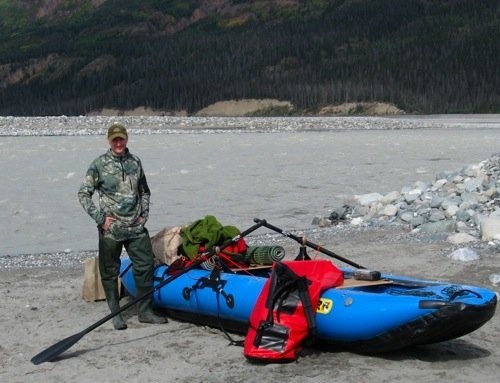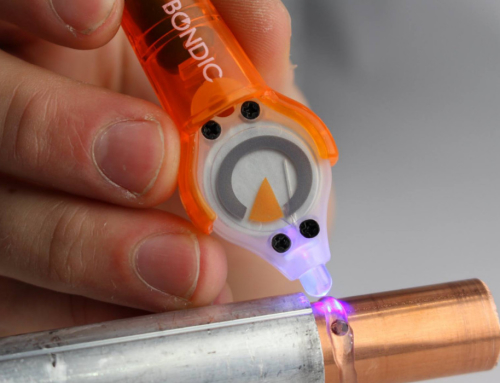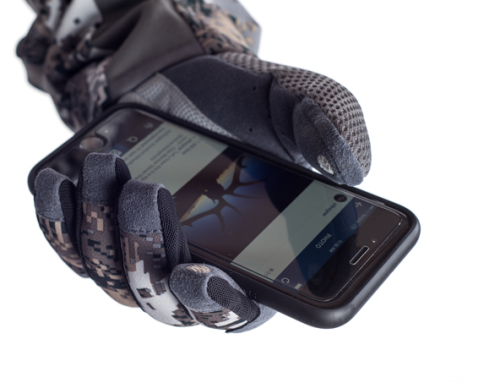First Aid for the Backcountry, Part 2
In Part 1, First Aid Must Haves, Shane Daniels highlighted a list of must have components for a backcountry first aid kit. In this article Shane dives into a variety of “nice to have” items. Later this summer I will follow up with a video highlighting my personal first aid kit. It will incorporate insight from Shane’s articles, reader responses, and my personal experiences. Hopefully this information will expand your knowledge of first aid kits and remind you of the need to have a plan, train the plan, and live the plan. (Build a kit, organize the kit, and TAKE it with you).
Part 2, Extras and nice to haves. AKA Fully Stocked Base Camp
By Shane Daniels
The previously mentioned items can provide the backcountry hunter with a sound individual first aid kit to meet a wide array of emergency medical situations should they arise. As mentioned earlier, the following items are great add-ons if a hunter is operating out of a basecamp, or not concerned with counting ounces.
Having the option of operating out of a basecamp allows a hunter to stock his/her kit with extra items and additional emergency preparation.
Here are other items to consider when operating out of a basecamp:
- Sterile Water. To be used for wound irrigation.
- Syringe with Irrigation Catheter Tip. Syringes come in various volumes, but a 20 cc syringe should be sufficient for wound irrigation. (Not to be used without some knowledge of wound irrigation)
- ProvidoneIodine Solution (Betadine). Antiseptic solution used to clean and disinfect minor moderate wounds. Can be diluted with sterile water to disinfect wounds during irrigation.
- Blood Pressure Cuff, Stethoscope, Pulse Oximeter. For those with medical training/experience, being able to monitor vital signs and thoroughly assess can tell you a great deal about someone’s condition. Its of no use though, without the training and know how to use this.
- Soft Stretcher. In the event that an injured or ill hunter needs to be moved, a soft stretcher provides a low impact way to move the victim from point A to point B. Soft stretchers roll, or fold up into a rather small size, without taking up much space.
- CPR Mask. Preferably one that has a port to breathe in and that can be connected to a bag valve mask should rescue arrive. These provide a great seal for rescue breathing when used properly. While this is solid idea to a trained first responder, such an item might not be of use if you are many hours or days away from help, without a WELL TRAINED emergency care professional in camp. Be smart, and utilize this option based on where you are going to be and who is there to be of help.

Advanced Care Items.
The following section is a can of worms, full of a LOT of grey areas. It is challenging to know what advanced care items to bring and what not to bring. One must be thoughtful and consider logistics and the training of the team in camp. Complicating this is that some items are worthless without an accompanying item. What is meant by that, is at what point does one need to realize that they can’t bring item A without item B, and if they bring item X then they also need to bring item Y. (trained emergency medical professionals will understand this dilemma best)
When it comes to emergency care, certain situations and skills require multiple tools that simply are not feasible to bring to the backcountry. Speaking from a paramedic’s perspective, I can’t do a vast majority of my skills on a backcountry hunt due to the fact that I need a magnitude of supplies: cardiac monitor, airway management supplies, IV supplies, medications, the list goes on. If I’m in a situation that needs those tools in the first place, I’m in a world of doo doo that requires hospital treatment anyway. So to cover this area, I’m going to keep is as simple as possible, framed by my (Shane’s) personal skill set.
Other advanced care providers reading this may do as they wish based on their skill set and scope of practice, and will more than likely find things to both agree and disagree with. The point of this article is point out equipment and practices that are YOUR starting point and to help you think your personal medical kits and training.
With that said, there are a couple of advanced care items that I would consider. Please note, these items are waste of your money if you don’t know how to use them. Also, if you attempt to use these without the proper training you may add to an already dangerous scenario. NEVER carry gear you are not trained to use, unless you are hoping someone who is trained will arrive to utilize it.
Two items that I (Shane) am trained to use and would carry are the needle chest decompression kit, and nasopharyngeal airways tools. A needle chest decompression kit could contain two 3.25 inch 14 G decompression needles along with the necessary supplies needed to complete the kit.

A needle decompression kit can be used to alleviate the complications of Tension pneumothorax (AKA – collapsed lung), a true life threatening emergency that requires immediate treatment. Although the definitive treatment is surgery, needle decompression can potentially buy enough time for rescue to arrive. Once again, you have to know what you are doing to both identify and treat this condition.
Nasopharyngeal airways are used to provide airway protection. Such a tool can be used on conscious, semiconscious, and unconscious patients who are at risk for airway compromise. The beauty of NPAs is that they bypass the gag reflex by being inserted in the nose, making this ideal for semiconscious patients who potentially need airway protection.
 NPAs come in a variety of sizes measured in French, and typically an average adult would need anywhere from a 28 FR to a 36 FR. One of each size in that range should suffice (28FR, 30FR, 32FR, 34FR, and 36FR). Don’t forget lubrication! Once, again you must be trained before attempting to use NPAs.
NPAs come in a variety of sizes measured in French, and typically an average adult would need anywhere from a 28 FR to a 36 FR. One of each size in that range should suffice (28FR, 30FR, 32FR, 34FR, and 36FR). Don’t forget lubrication! Once, again you must be trained before attempting to use NPAs.
As one plays mind games with the myriad of potential wilderness injuries, the list of tools and equipment can grow and shrink. It is even difficult for well trained professional to tailor their skills to remote, wilderness pursuits, where minimal equipment is available; and help is hours, days and maybe even longer away.
Aside from having a fully stocked first aid kit, a hunter needs to know how to use what’s in it, and when to use it. As the saying goes, knowledge is power. The more a hunter knows about first aid and emergency care, the better. Whether that’s taking a wilderness first aid course, a basic first aid course, or if you’re ambitious, an EMT class.
Wilderness First Aid: http://www.nols.edu/wmi/courses/wildfirstaid.shtml
Heck, even YouTube is a great resource to learn from. How and what you learn, your certifications, your skills; all are worthless if you don’t have a first kid. More importantly, it must be a first aid kit full of “gear/tools” that you know how and when to use. Also, have a plan for when things turn dangerous on a hunt. Let someone know the general area of where you’ll be hunting, perhaps even going as far as giving grid coordinates or giving that designated person a map of the area. Carry a satellite phone or a personal locator beacon. (Matt, I have used a SPOT for years here in Alaska with great results) Have several contingencies planned out because Murphy’s law is always in effect. It certainly does you no good to have a first aid kit if you don’t have a plan to make it home.
—————————— ———————-
Shane and I both hope these articles have been informative and help guide you to putting together a first aid kit you’re comfortable taking into the backcountry. Training is key, take as much as you can. Never stop learning, and always practice what you learn! Happy and safe hunting! Good luck!
Check out Part 1 here: http://remotepursuits.com/first-aid-backcountry1
Backcountry First Aid, First Aid for the Backcountry, Wilderness First Aid











Leave A Comment